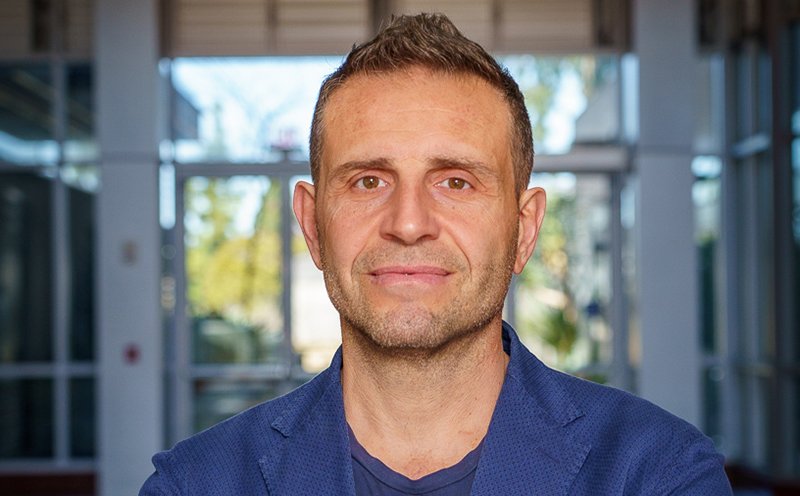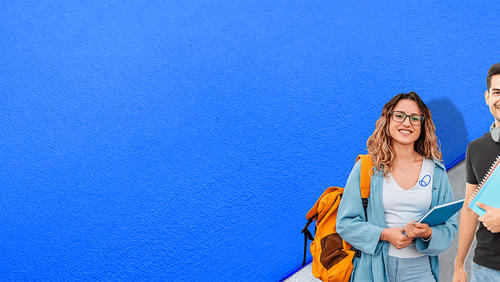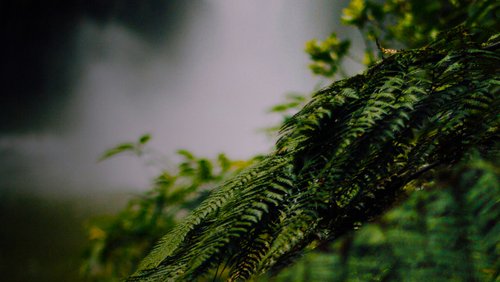31 Jul 2024
Being an engineering academic is a global career. In August 2023, after 14 years at the University of Canterbury, Professor in Structural Engineering, Alessandro Palermo left the garden city and headed to the University of California, San Diego.
One year into his new role, we caught up with Alessandro to discover the similarities and differences between teaching engineering in America and the lessons he has taken from his time at Canterbury.
Why was it such a good time to be an engineering academic while you were at the University of Canterbury?
The freedom to choose my teaching and research pathway. Since I joined the University of Canterbury, I remember Prof. Mark Davidson suggesting me to take my time and focus on my teaching first. Although, I start “running” from day one since I joined I appreciated the great supportive environment.
What are the three biggest achievements you're proud of in your time working at the University of Canterbury?
Seeing my over twenty PhD and master students blossoming, growing professionally and then being successful in the profession and academia is probably one the great achievements. Meeting a few of them at the World Conference of Earthquake Engineering in Milan was rewarding.
The relationship I built with the Industry, especially in the bridge engineering arena was another great achievement. Associations and Individuals’ relationships/friendships helped me to shape my research directions and at the same time to implement front edge solution into practice. The PRES-LAM buildings built in New Zealand and the Wigram Magdala bridge link are a clear example of industry-academia seamless collaboration.
Last but not the least, seeing the undergraduate students achieving as a team incredible bridge design, construction and testing in the second year of civil engineering. Following them every year, every week, every day within their design, construction process and seeing them growing professionally and as human beings is invaluable. I think the bridge building competition packaged with so many aspects including bi-culturalism, sustainability, innovation is one of the best teaching experience the students have.

Alessandro at the Jacobs School of Engineering Hall, University of California San Diego. Image: Supplied
What lessons did you learn, during your time at the University of Canterbury?
I learnt that Nature is the best teacher we can have in our planet. We need to read and understand her signs. The Canterbury Earthquakes were a great example, where I realized how limited I was as professor, researcher and more importantly as a human being. Being in New Zealand in the last decade was the most rewarding professional experience I have ever received.
Now that you are in sunny California, what do you miss about living and working in Christchurch?
I miss the typical New Zealand easy lifestyle since it helped me to relax and detox from stressful working time. Another aspect, I miss are the chats and conversations I had with my friends and colleagues in the corridor or at the coffee machine of the Department. The overall environment and culture in the Department was remarkable.
What is your new role at the University of California?
I am a full professor at the University of California San Diego and the Department hired me with the vision to contribute and lead their Structural Laboratories including the Englerkirk Structural Engineering Center where the largest 6DOF outdoor shake table of the planet is located.
Are engineering courses taught in America different to how they are taught in New Zealand?
The classes at UCSD are organized by quarters of 10 weeks. Everything is quite condensed. Faculty don’t usually offer tutorials but one-to-one office hours. The undergraduate classes are taught very similarly to New Zealand and the homework is weekly or fortnightly. The master classes are not taught in block mode as it used be done at the University of Canterbury and overall the hours taught are more. The overall academic teaching workload at UCSD Structural Department is definitely higher than UC.
Is the life of an academic in America, similar to that of an academic in New Zealand?
Academia in America and especially in the University of California, San Diego is more demanding. The overall research expectations are high and although my colleagues and chair were very supportive, I breathe a very competitive environment. I did work a lot in New Zealand but in California, I always have the feeling that what I do is never enough.
Are you in the process of planning a bridge-building competition for University of California students?
Yes, most likely in Winter 2025. I am planning to change few things though including using 3D printed connections and possibly real timber members and not MDF. Unfortunately, it will be very unlikely that students will be able to walk over their bridge design, due to stringent health & safety policies. We will create moveable loads that will need to be positioned and moved by the students since I like the idea that they also generate uncertainties on the demand and therefore better understand this concept when applied in real structures.
What is your favourite piece of engineering in California?
This answer is simple: the Golden Gate Bridge. I visited the bridge ten years ago and I was astonished by the proportion and order of the bridge. The color and the geometry blend perfectly with the current landscape. I have to say though that the viaducts in California are all fantastic and well kept.




